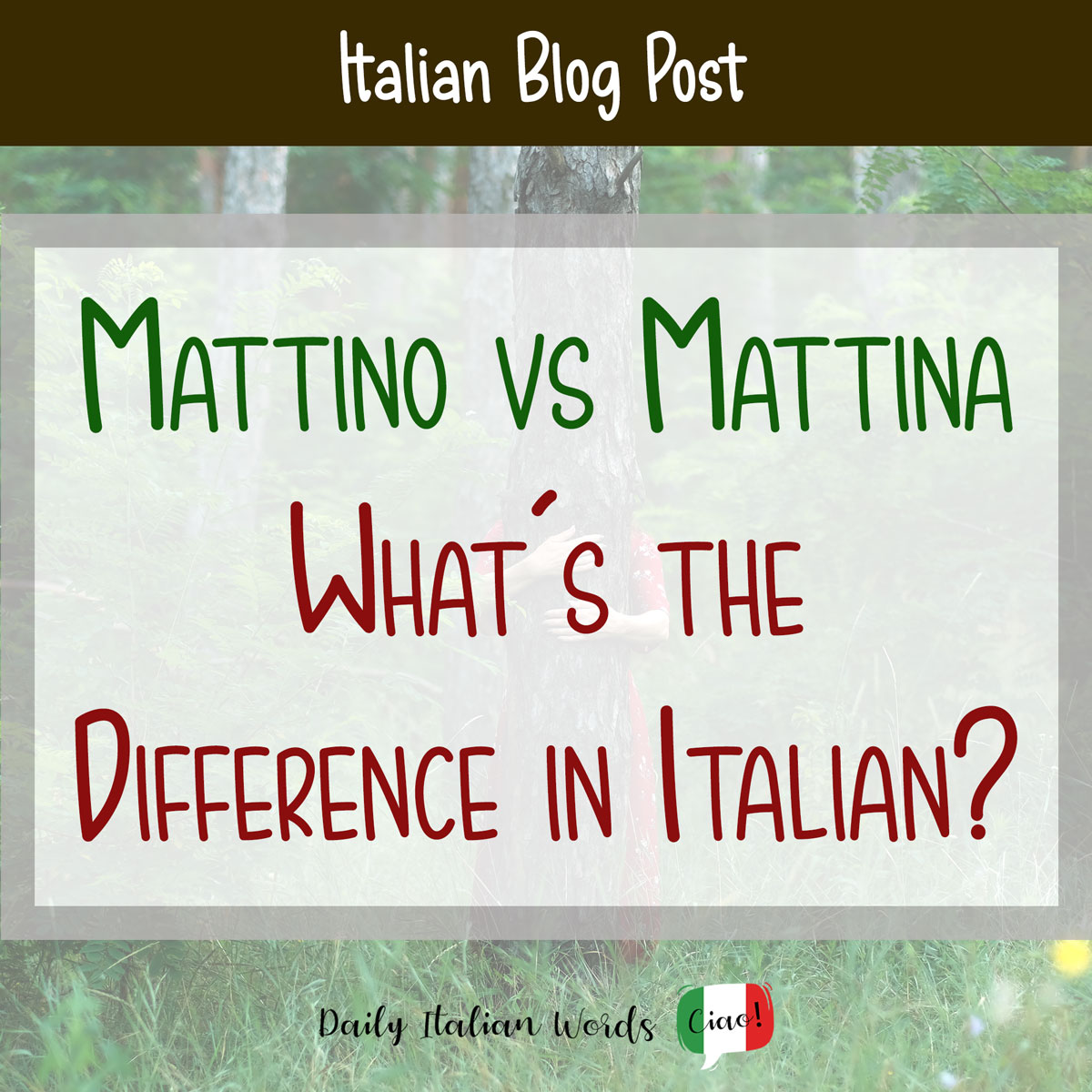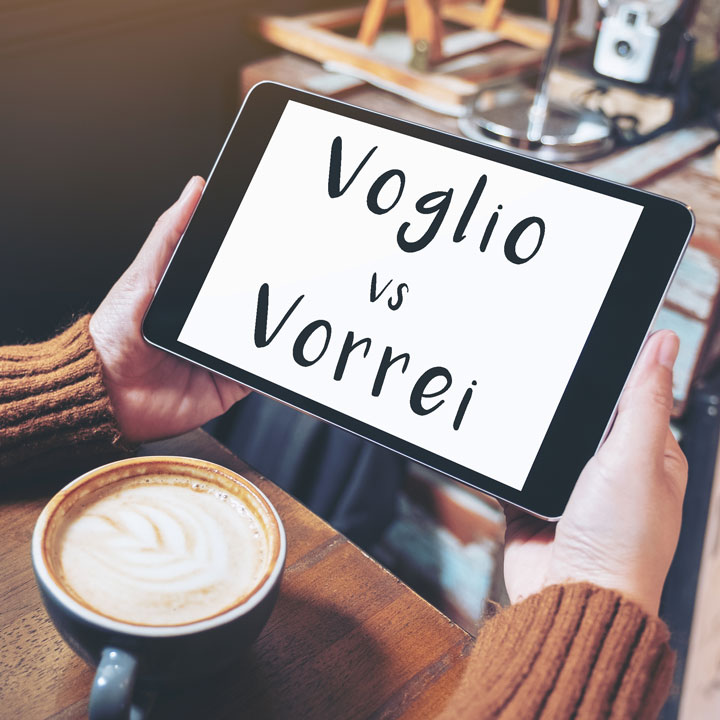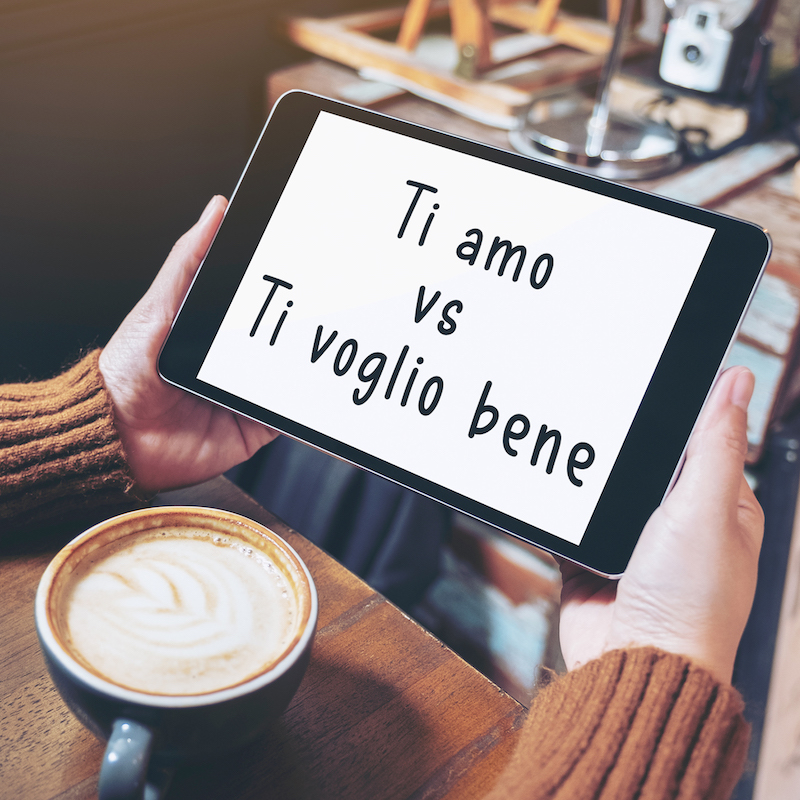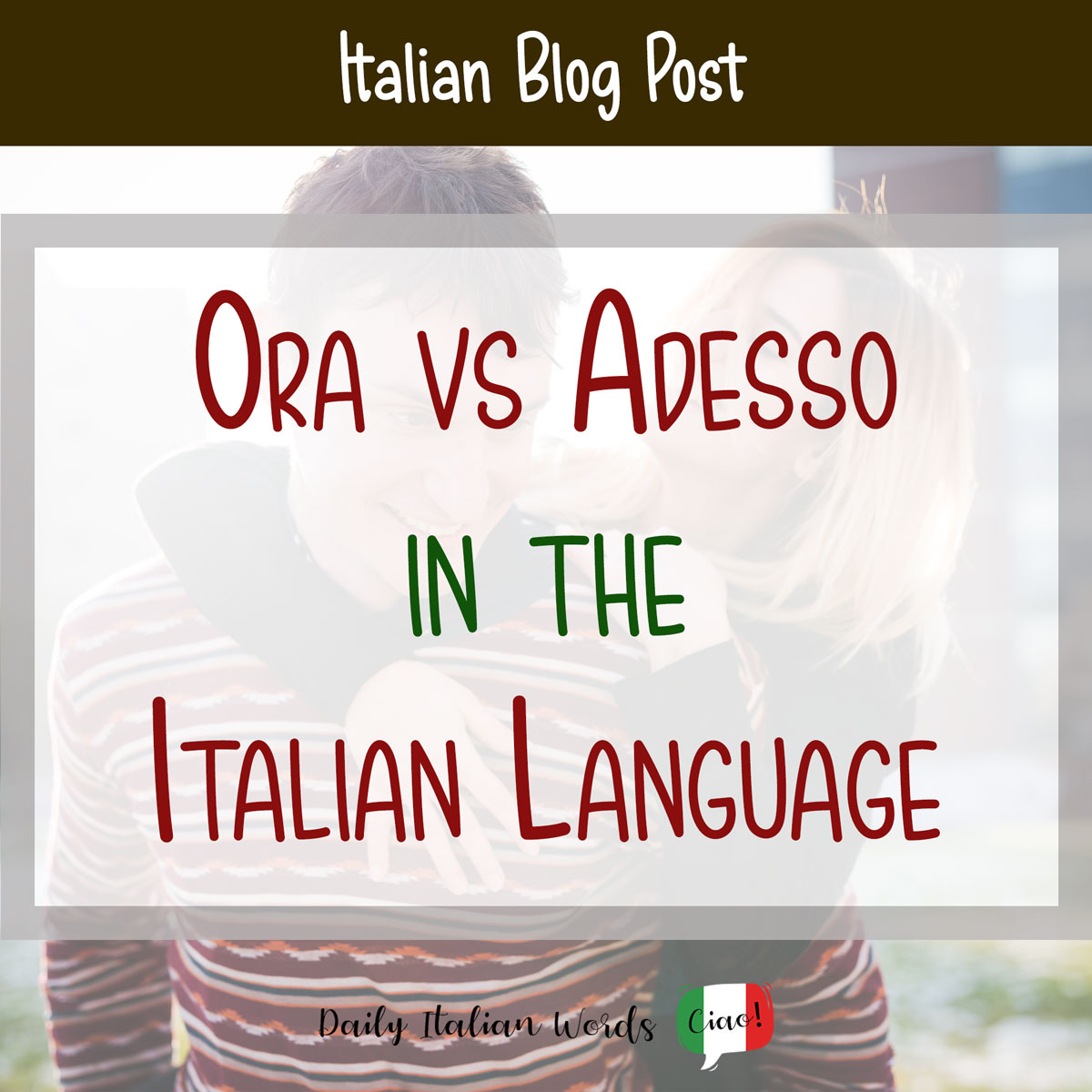Mattino vs Mattina – What’s the difference?
Mattino (masculine) and mattina (feminine), both of which translate as morning in English, are two words of different genders that derive from the same Latin adjective matutinus. They indicate the part of the day between dawn and noon. Their respective plurals are mattini (masculine) and mattine (feminine). Knowing which word to use and when can …






